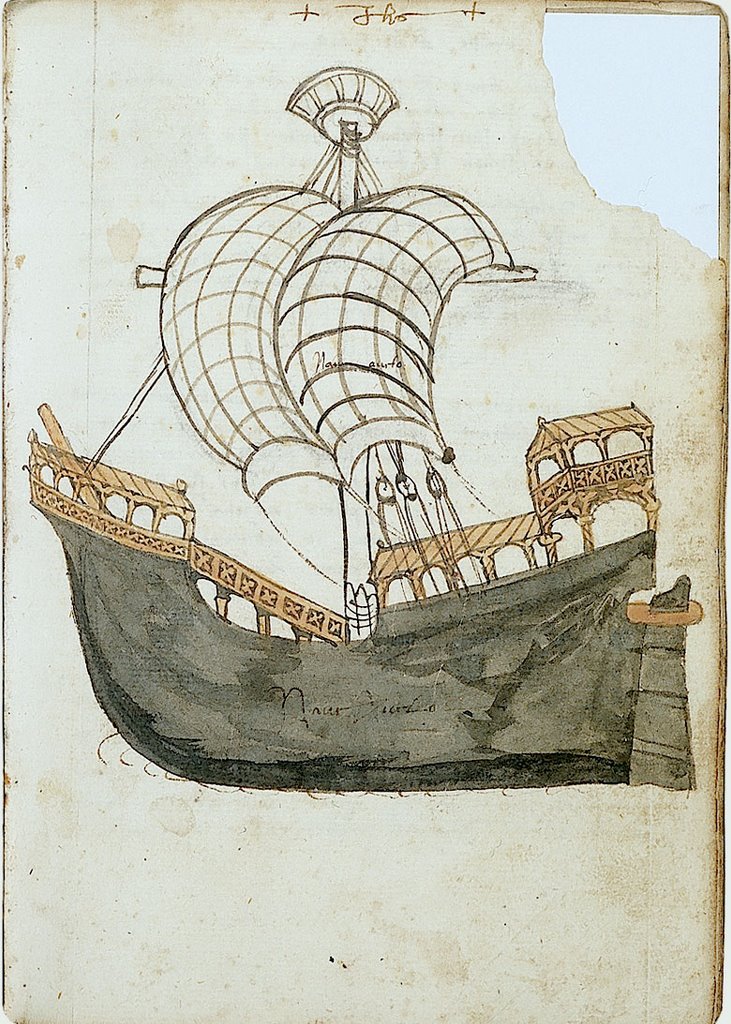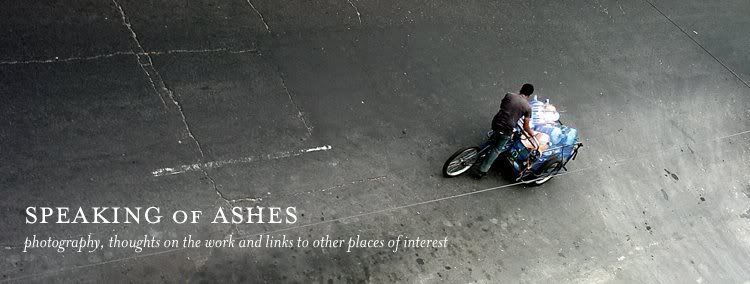quoting bateson
 Whoever creates an image of an object does so in depth, using various cues for that creation[...] But most people are not aware that they do this, and as you become aware that you are doing it, you become in a curious way much closer to the world around you. The word "objective" becomes, of course, quite quietly obsolete; and at the same time the word "subjective," which normally confines "you" within your skin, disappears as well. It is, I think, the debunking of the objective that is the important change. The world is no longer "out there" in quite the same way that it used to seem to be.
Whoever creates an image of an object does so in depth, using various cues for that creation[...] But most people are not aware that they do this, and as you become aware that you are doing it, you become in a curious way much closer to the world around you. The word "objective" becomes, of course, quite quietly obsolete; and at the same time the word "subjective," which normally confines "you" within your skin, disappears as well. It is, I think, the debunking of the objective that is the important change. The world is no longer "out there" in quite the same way that it used to seem to be.
Without being fully conscious or thinking about it all the time, I still know all the time that my images—especially the visual, but also auditory, gustatory, pain, and fatigue—I know the images are "mine" and that I am responsible for these images in a quite peculiar way. It is as if they are all in some degree hallucinated, as indeed they partly are. The shower of impulses coming in over the optic nerve surely contains no picture. The picture is to be developed, to be created, by the intertwining of all these neural messages. And the brain that can do this must be pretty smart. It's my brain. But everybody's brain-any mammalian brain—can do it, I guess.
I have the use of the information that that which I see, the images, or that which I feel as pain, the prick of a pin, or the ache of a tired muscle—for these, too, are images created in their respective modes—that all this is neither objective truth nor is it all hallucination. There is a combining or marriage between an objectivity that is passive to the outside world and a creative subjectivity, neither pure solipsism nor its opposite.
Consider for a moment the phrase, the opposite of solipsism. In solipsism, you are ultimately isolated and alone, isolated by the premise "I make it all up." But at the other extreme, the opposite of solipsism, you would cease to exist, becoming nothing but a metaphoric feather blown by the winds of external "reality." (But in that region there are no metaphors!) Somewhere between these two is a region where you are partly blown by the winds of reality and partly an artist creating a composite out of the inner and outer events.
Quoted from www.edge.org. Image from the Michael of Rhodes manuscript via Bibliodyssey.


Quoting Wallace Stevens,
ReplyDelete"It is a violence from within that protects us from a violence from without. It is the imagination pressing back against the pressure of reality. It seems, in the last analysis, to have something to do with self preservation, and that, no doubt, is why the expression of it ... helps us to live our lives."